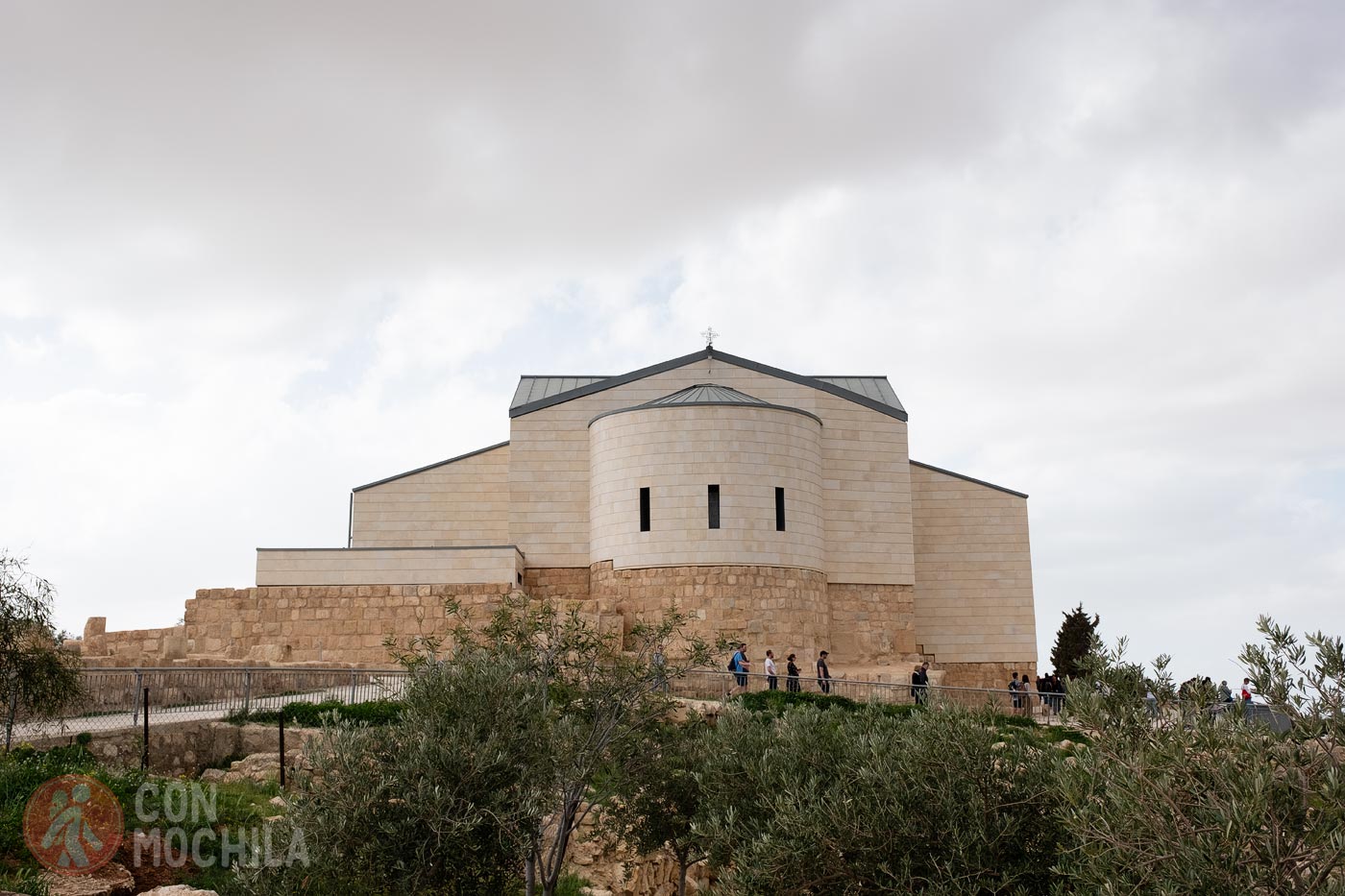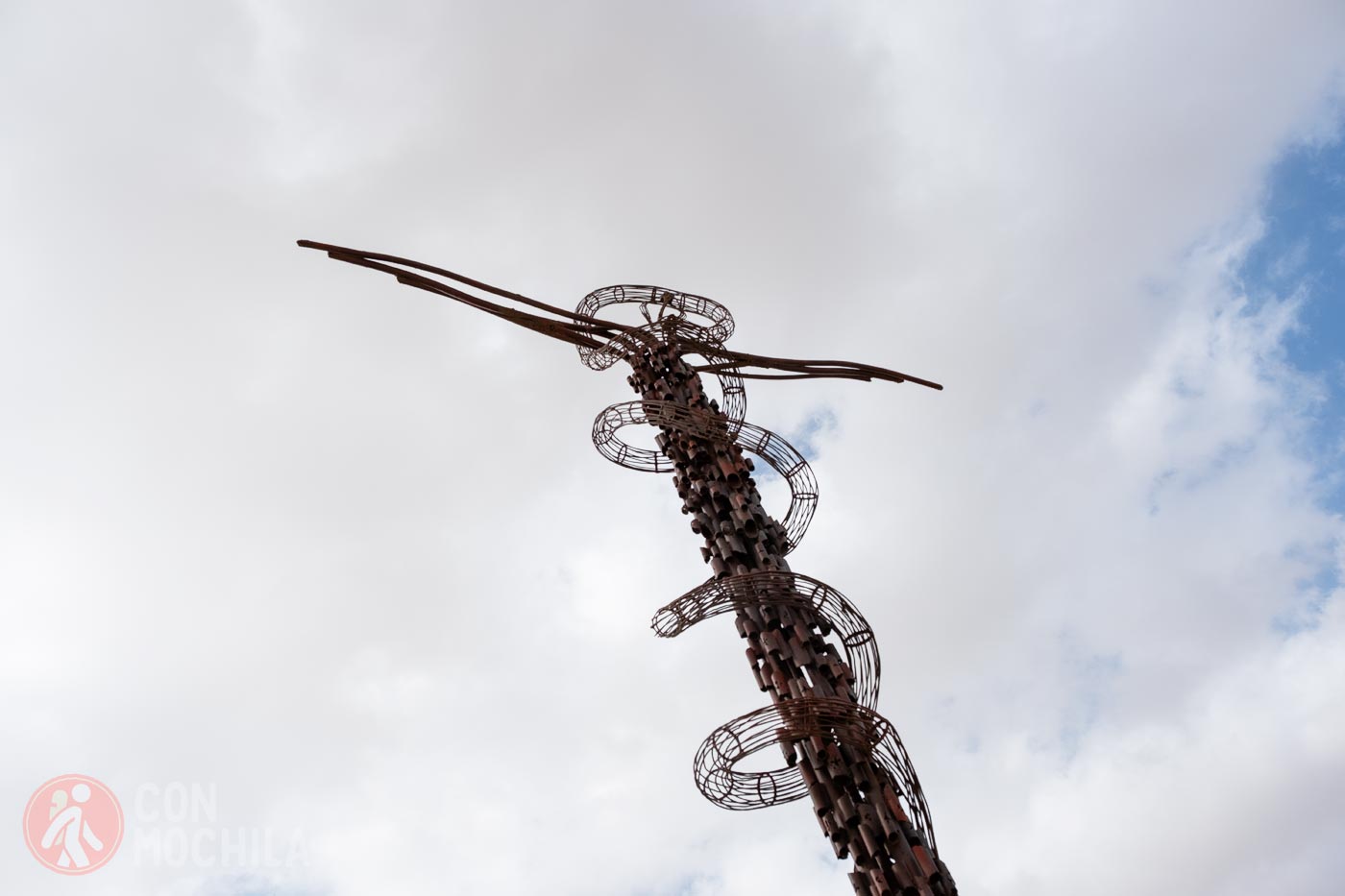Madaba is a famous city in Jordan, capital of the governorate of the same name and located approximately 35 kilometers from Amman. It is known as the “City of Mosaics” due to the Byzantine and Umayyad crafts that can be found there, as well as various temples.

A must on your list of places to see in Jordan for its mosaics, but also perfect because it’s on your way to the south of the country.
The history of Madaba can be traced back some 4,500 years; in fact, it is mentioned in the Bible as a border town of Moab. It was part of the Arabian Province during the Roman and Byzantine eras.
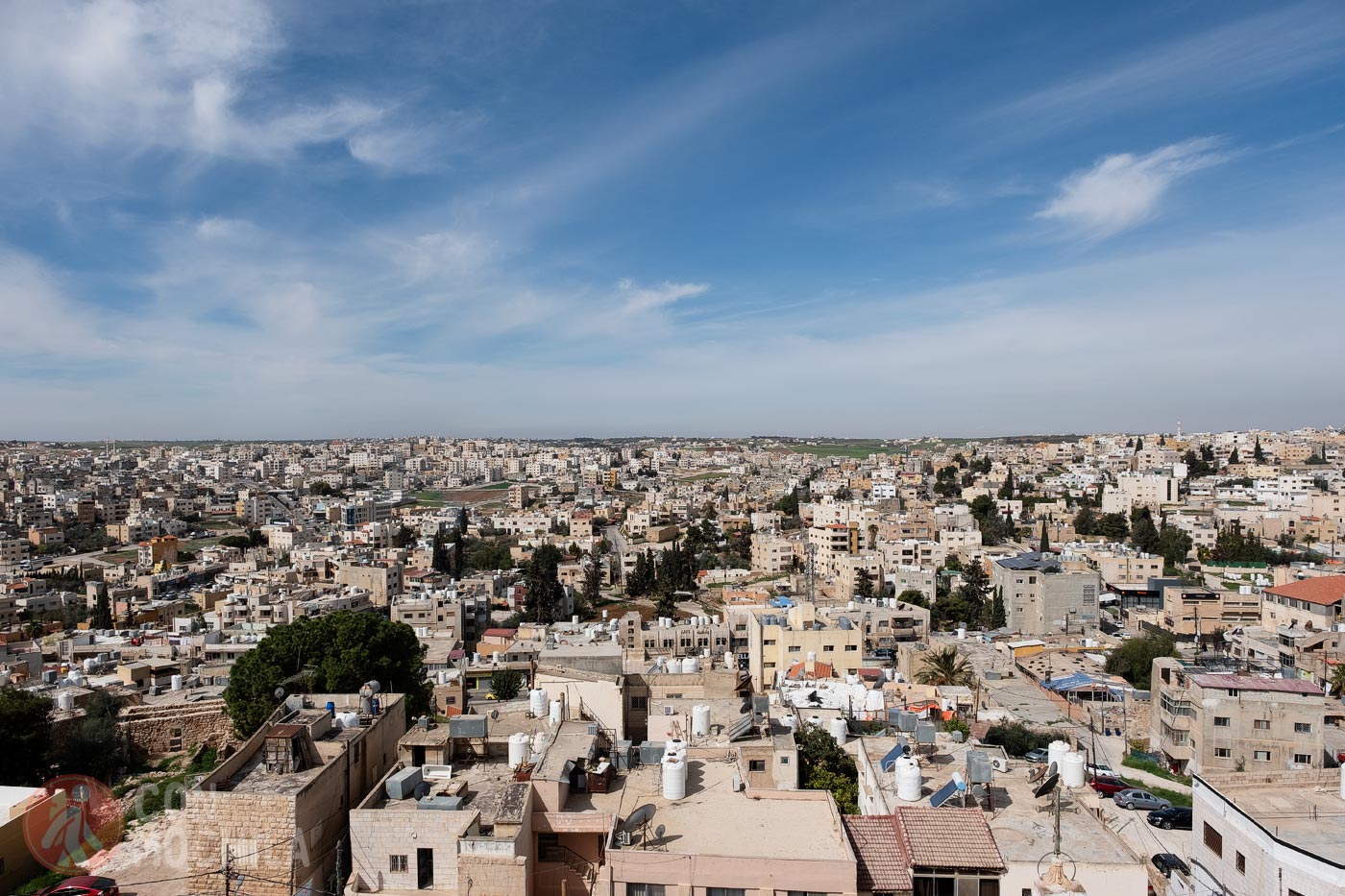
By the mid-5th century, Christianity is believed to have gained ground in Madaba, and the city flourished during the rule of Emperor Justinian in the 6th century. Islamic conquest followed, but there is little information about the city between the 13th and 19th centuries.
There are a couple of ways to visit the city of Madaba. We leave them below so that you can decide, as always, which one best suits your trip:
There’s nothing better than taking a stroll around the city center to start your visit. Apart from the things to see in Madaba that we’ll show you below, it’s worth stopping from time to time in any shop window to realize that you’ve come to the city of mosaics.
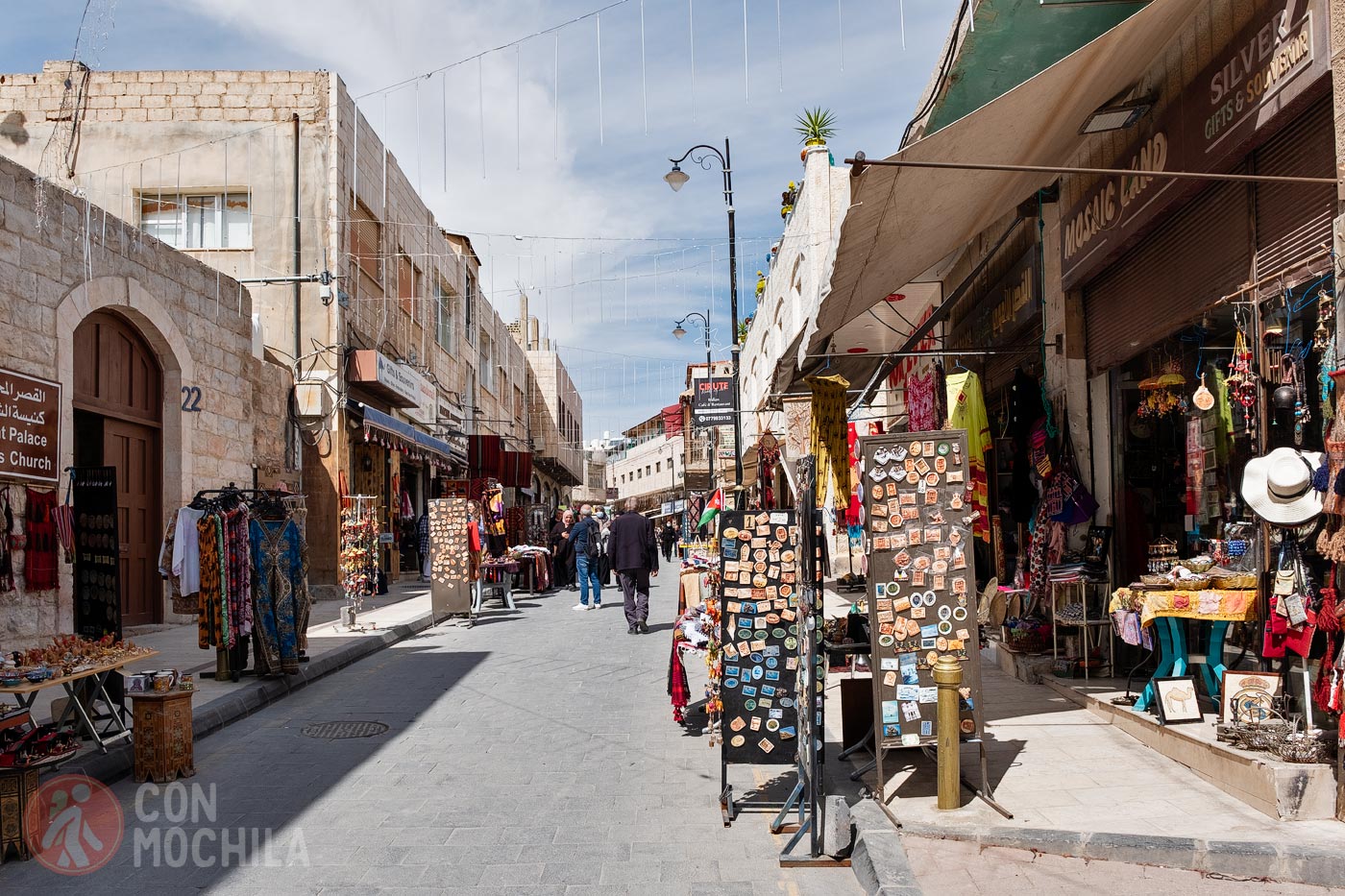
Many souvenirs have this motif as the main and most characteristic of Madaba.
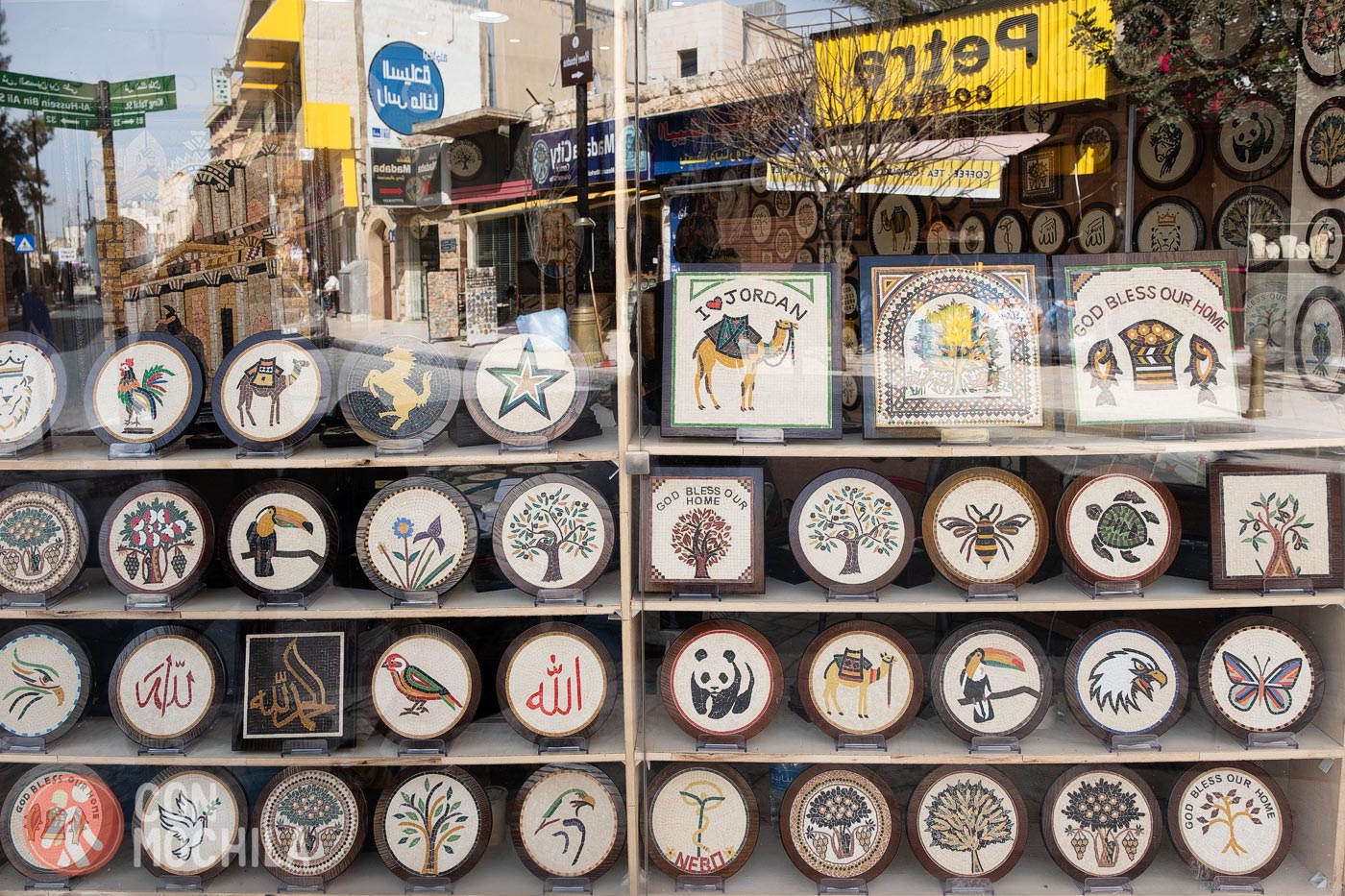
If, on the other hand, you look up, you can find different murals with the typical distinctive feature: the mosaic.
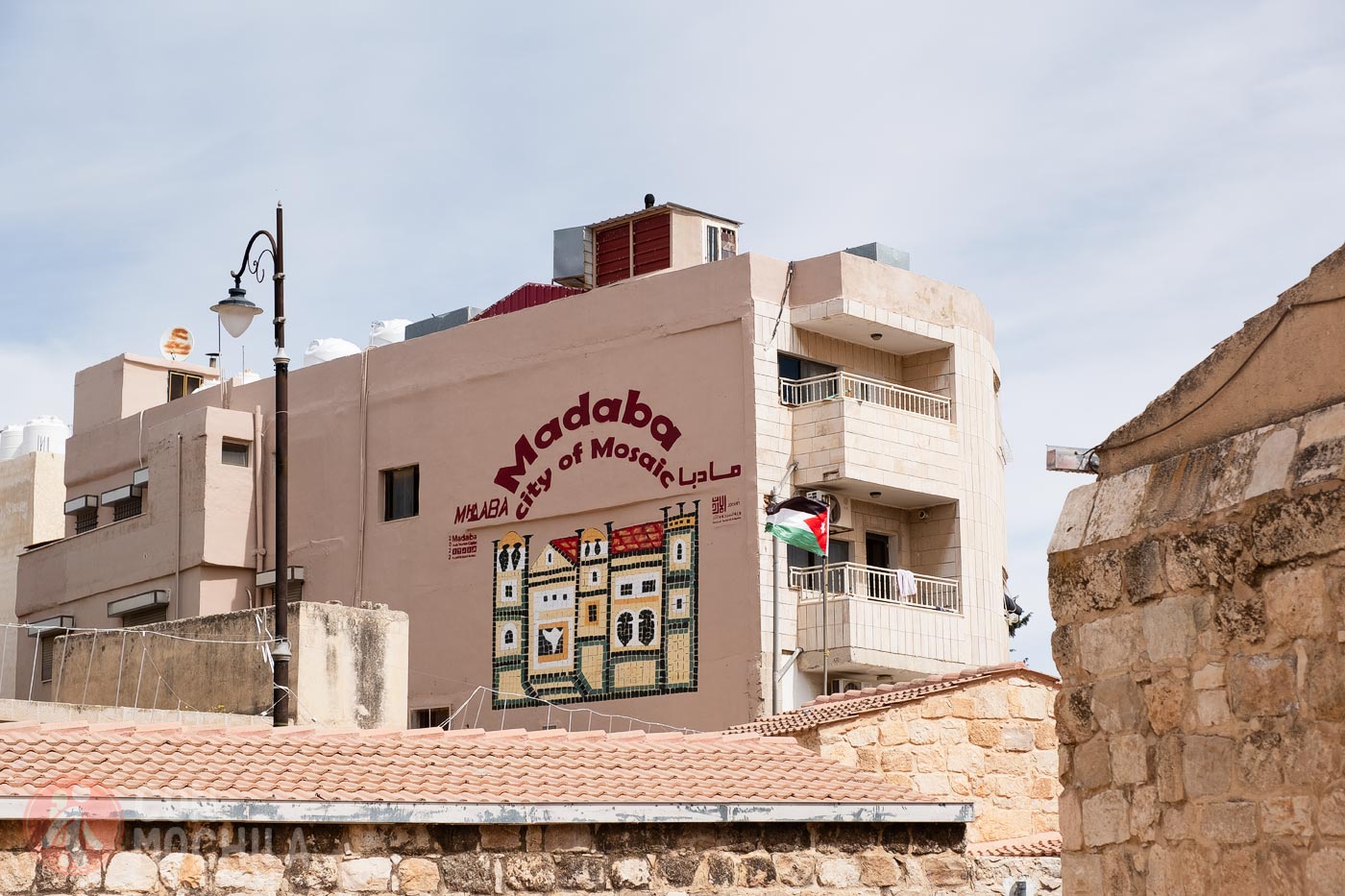
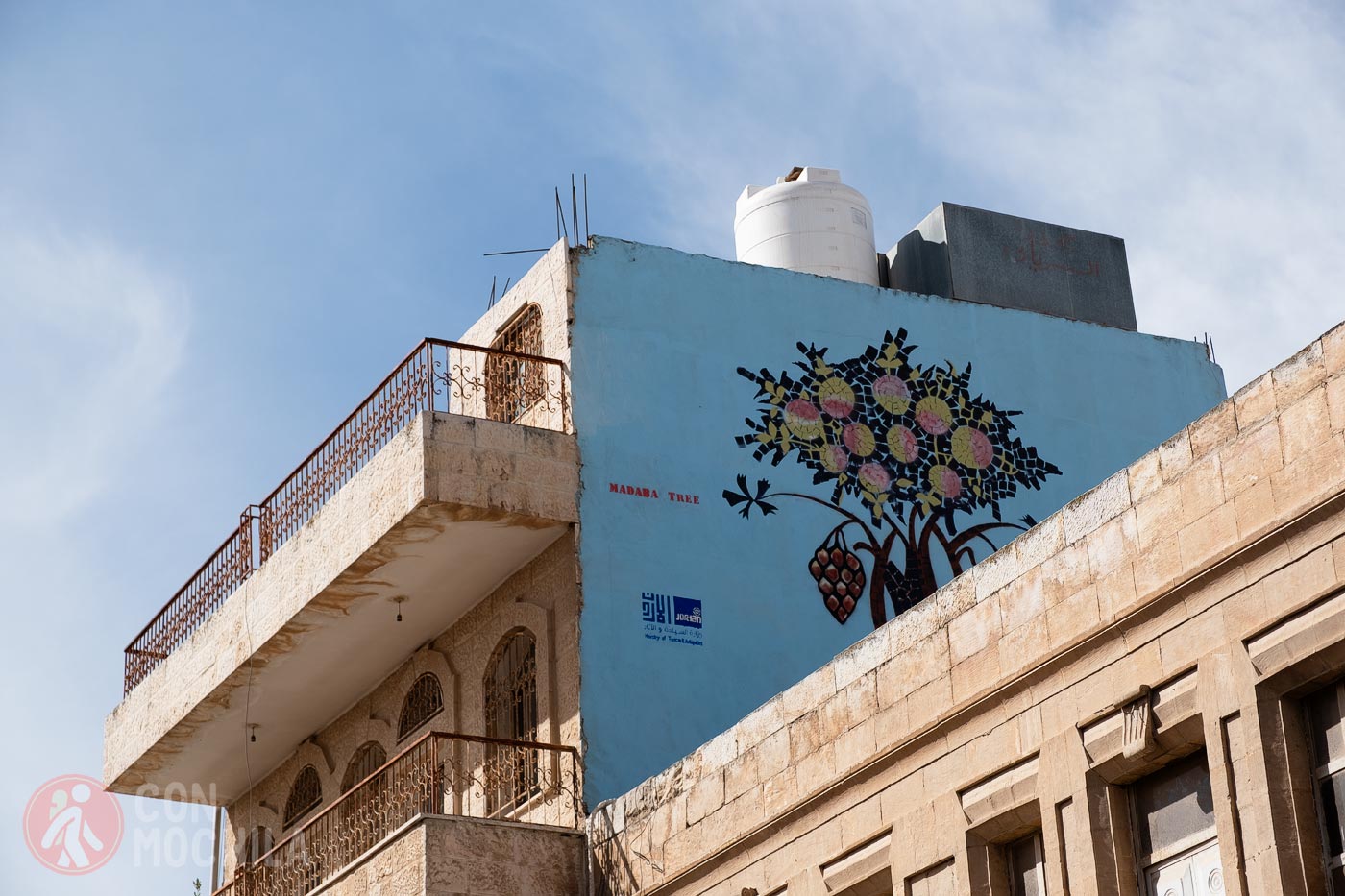
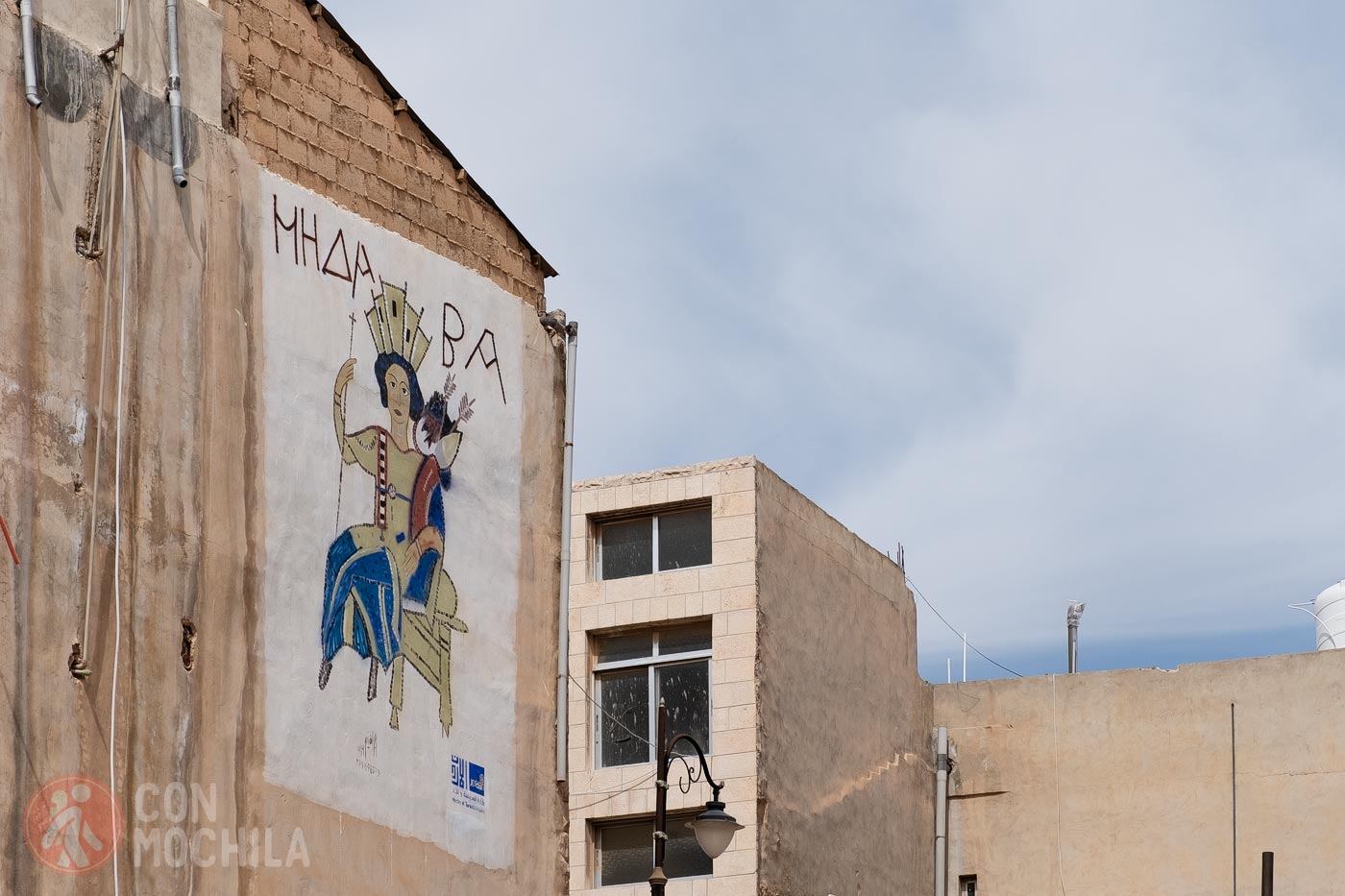
The Orthodox Church of St. George is Madaba’s main attraction because it houses one of the city’s most famous mosaics.
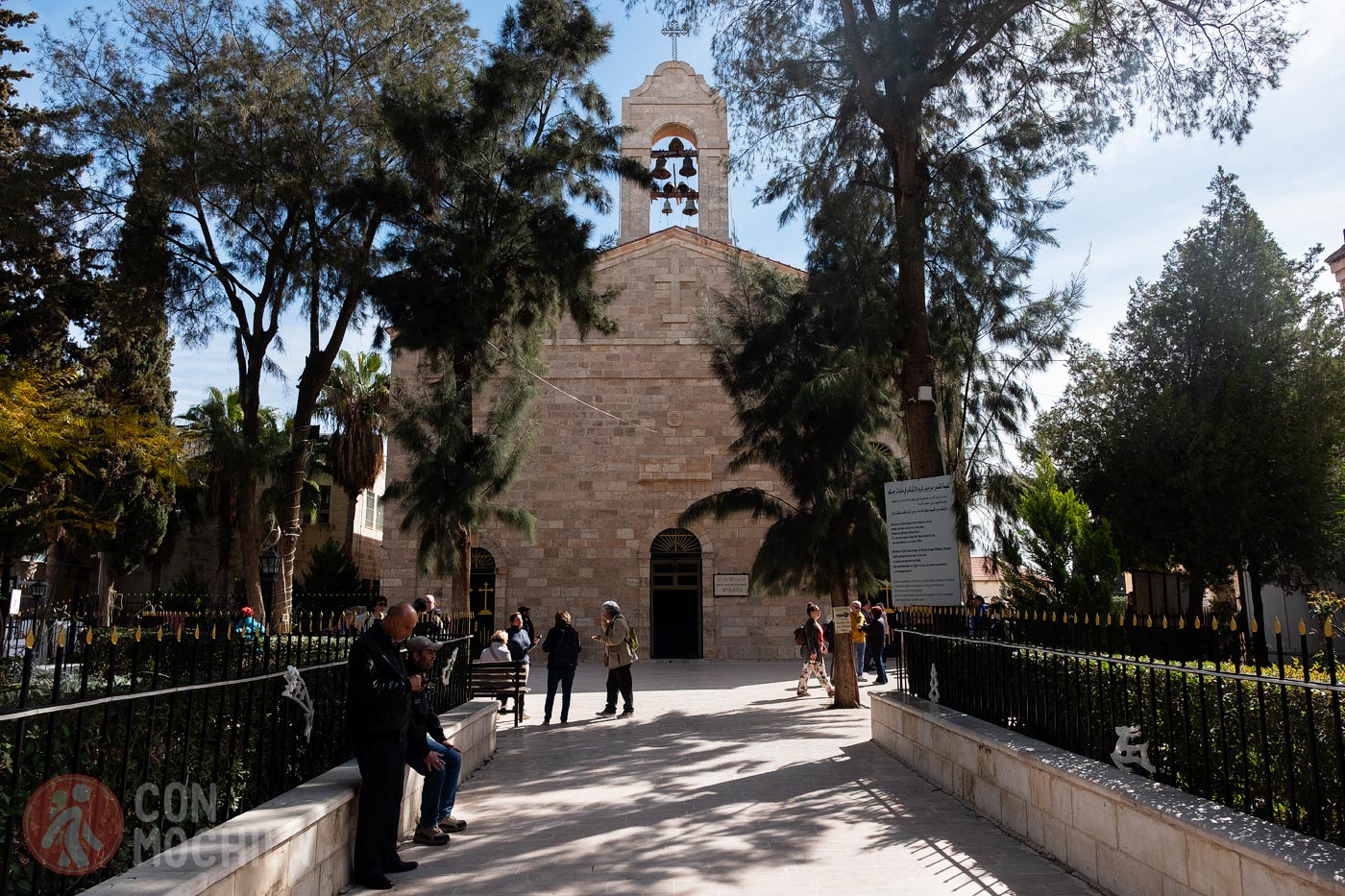
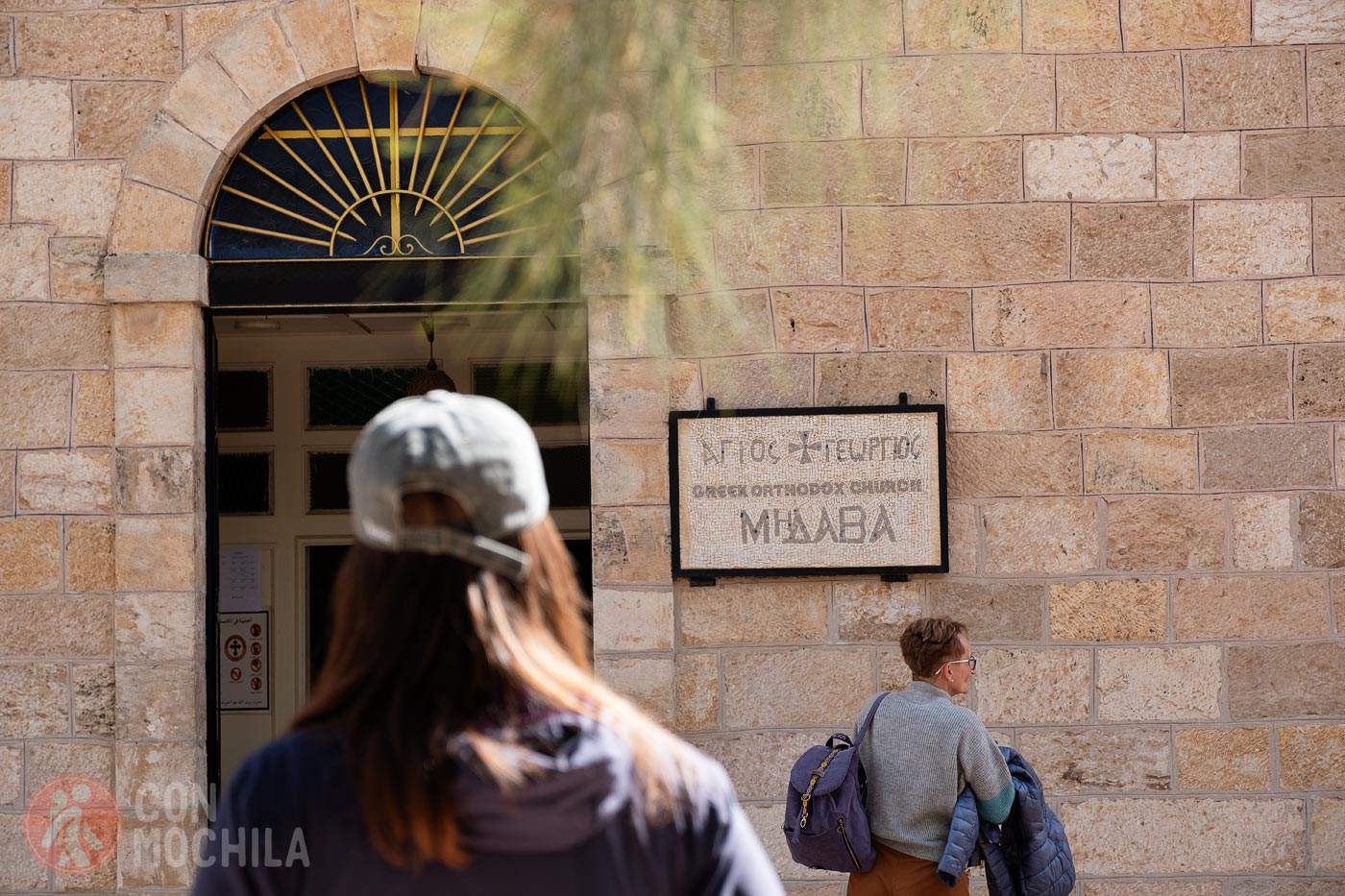
It was built in 1896 on the ruins of a Byzantine church, and during construction they discovered the impressive mosaic of Jerusalem and the Holy Land, which dates back to the 6th century.
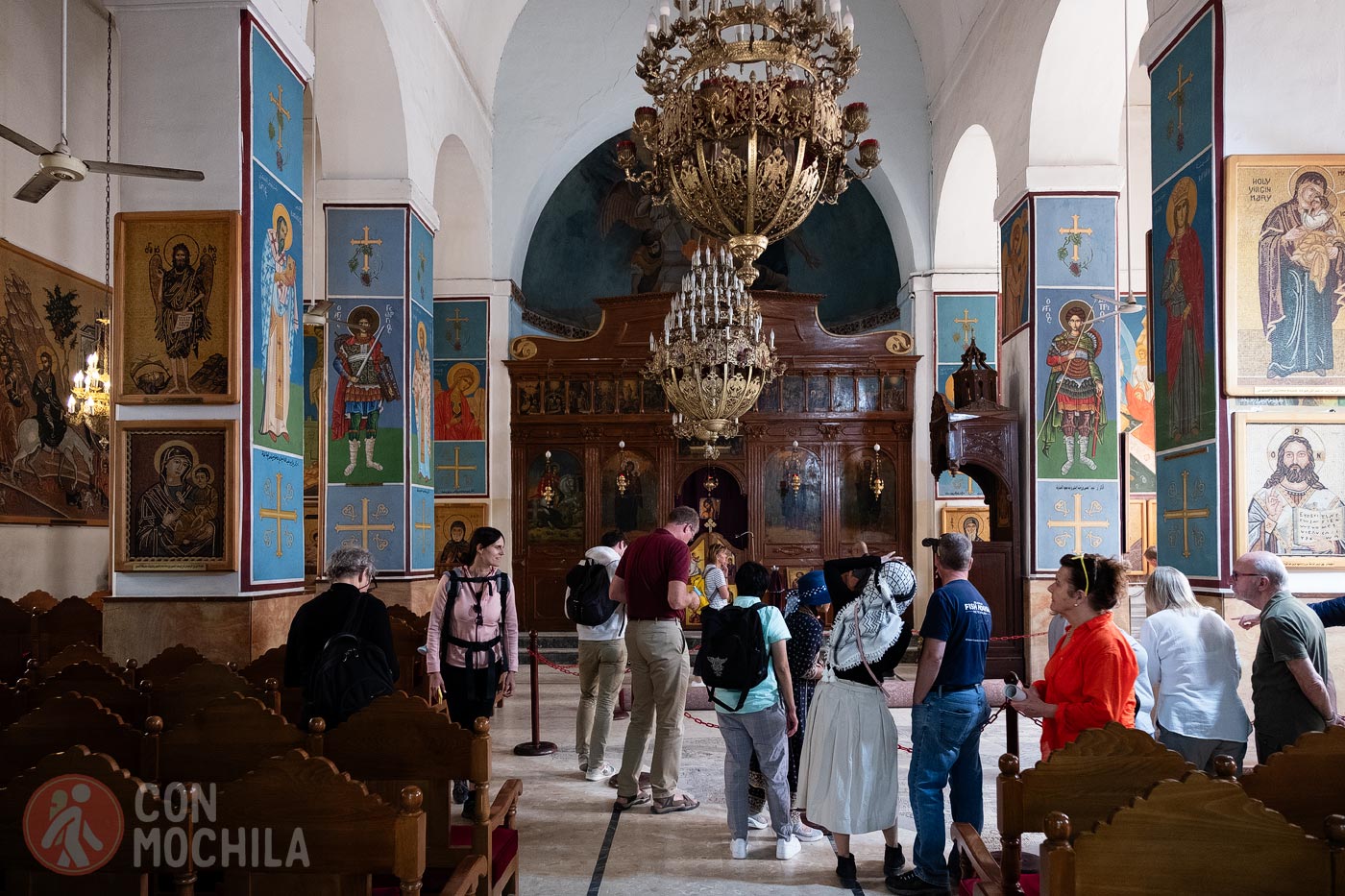
This mosaic is made up of thousands of colorful pieces that represent an impressive historical content of the area. So it is considered one of the treasures of Christianity, and it is the oldest map of the region that exists today.
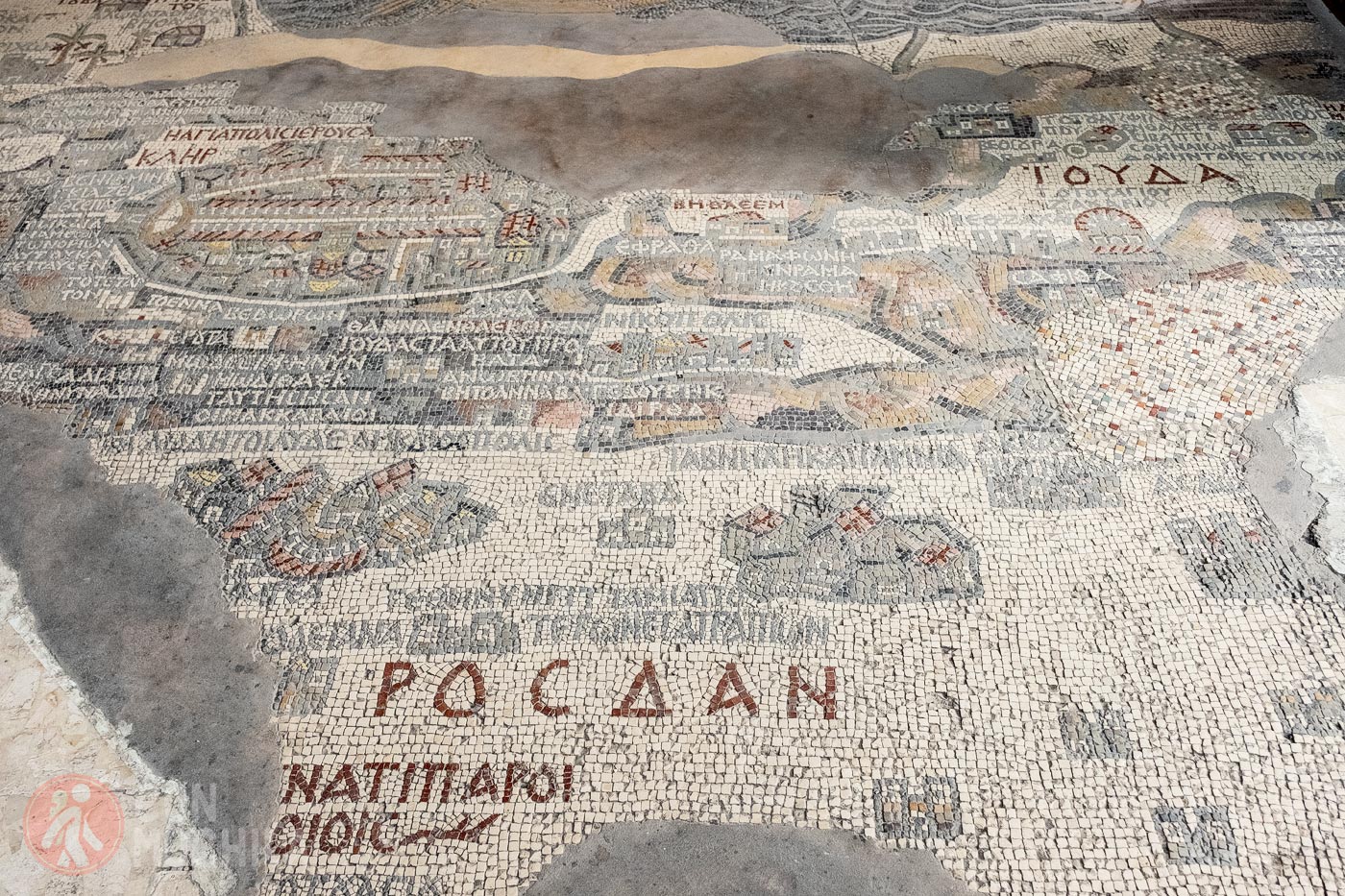
The Madaba Archaeological Complex was opened in 1995 with the aim of preserving archaeological remains dating back to the Roman and Byzantine eras. It is considered an open-air museum, as you can admire various structures and mosaics as you walk through it.
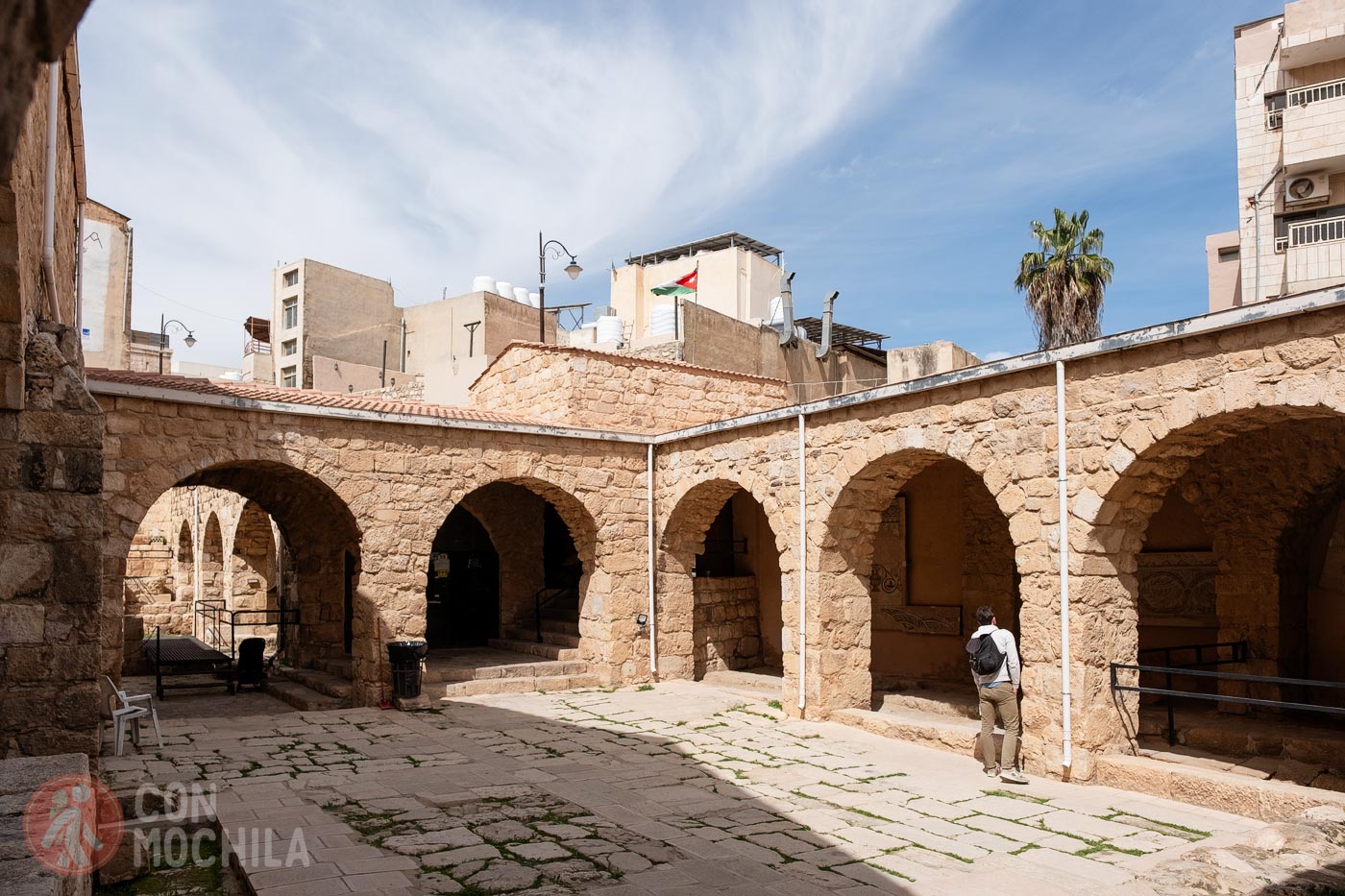
In the eastern section, in the Hall of Hippolytus, you can see Jordanian mosaic art on the floor. It is truly unique among Jordanian mosaics because it tells the ancient legend of Hippolytus, made famous in the Byzantine era by the play by the Greek author Euripides.
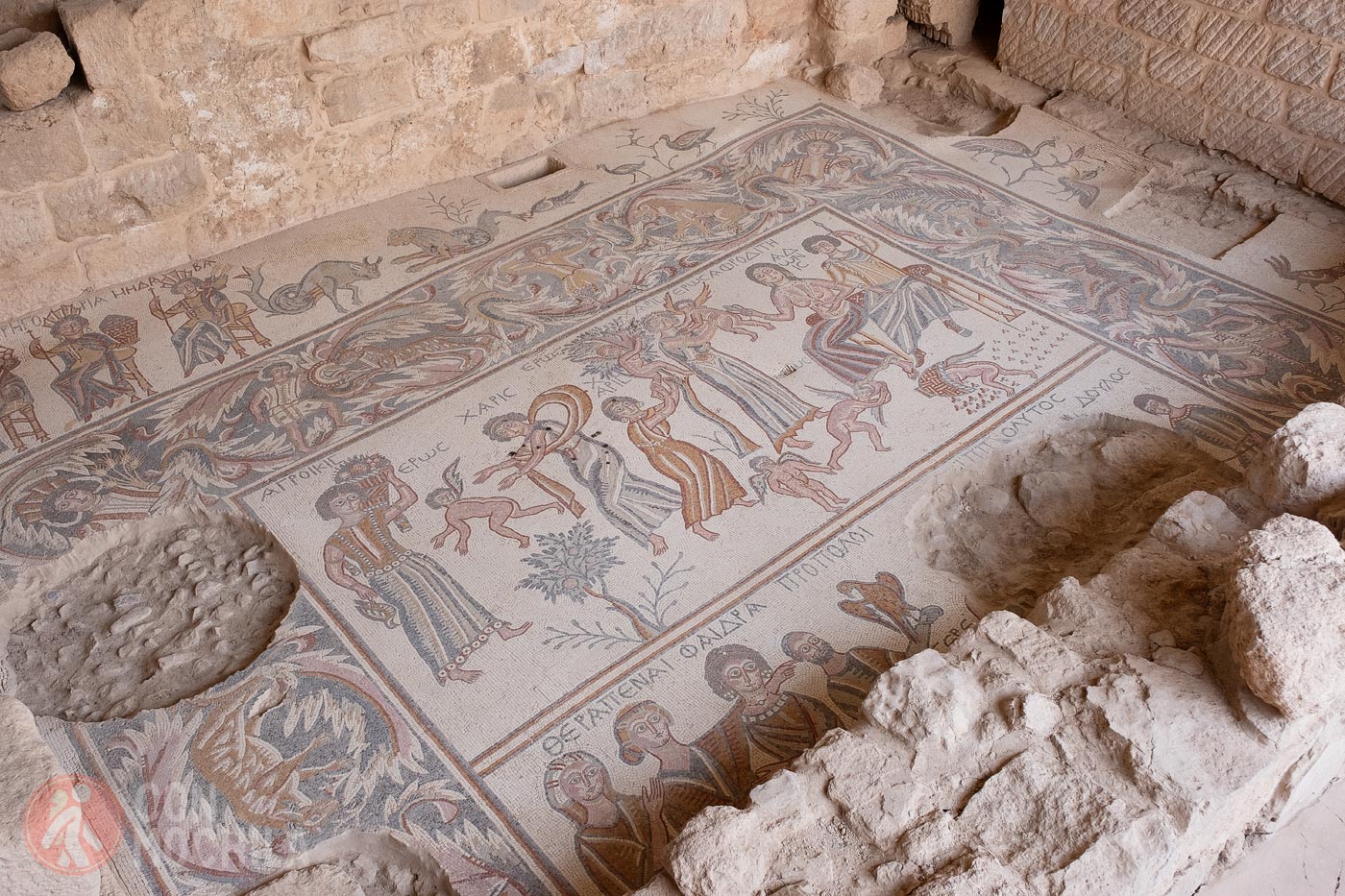
Continuing along the site, you will find the Crypt of St. Elian, where you can also appreciate impressive mosaics.
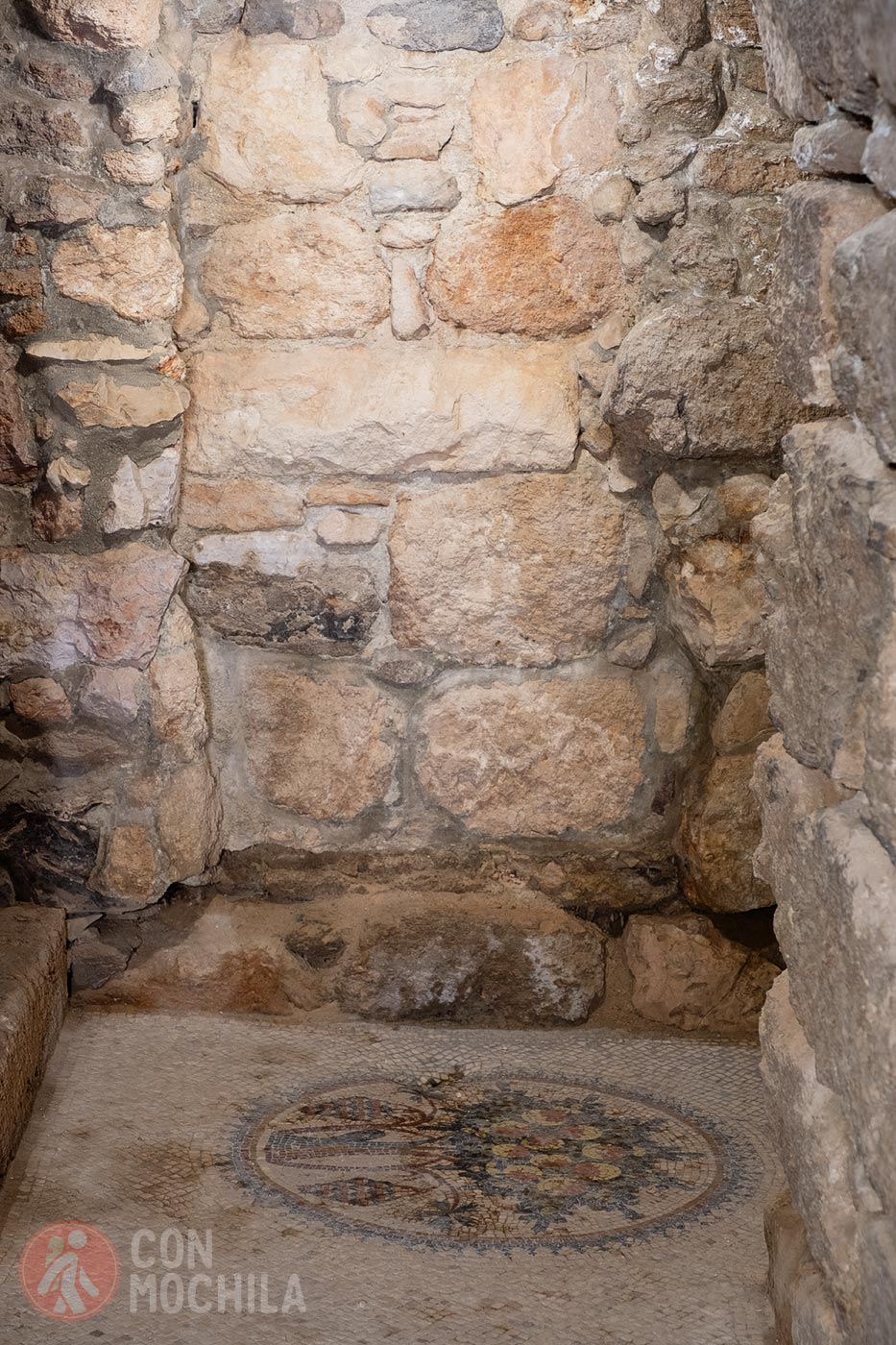
The Church of the Virgin Mary was built in the 6th century. In this Byzantine church, mosaics were discovered in 1887, with the one on the floor being particularly striking due to its well-designed geometry.
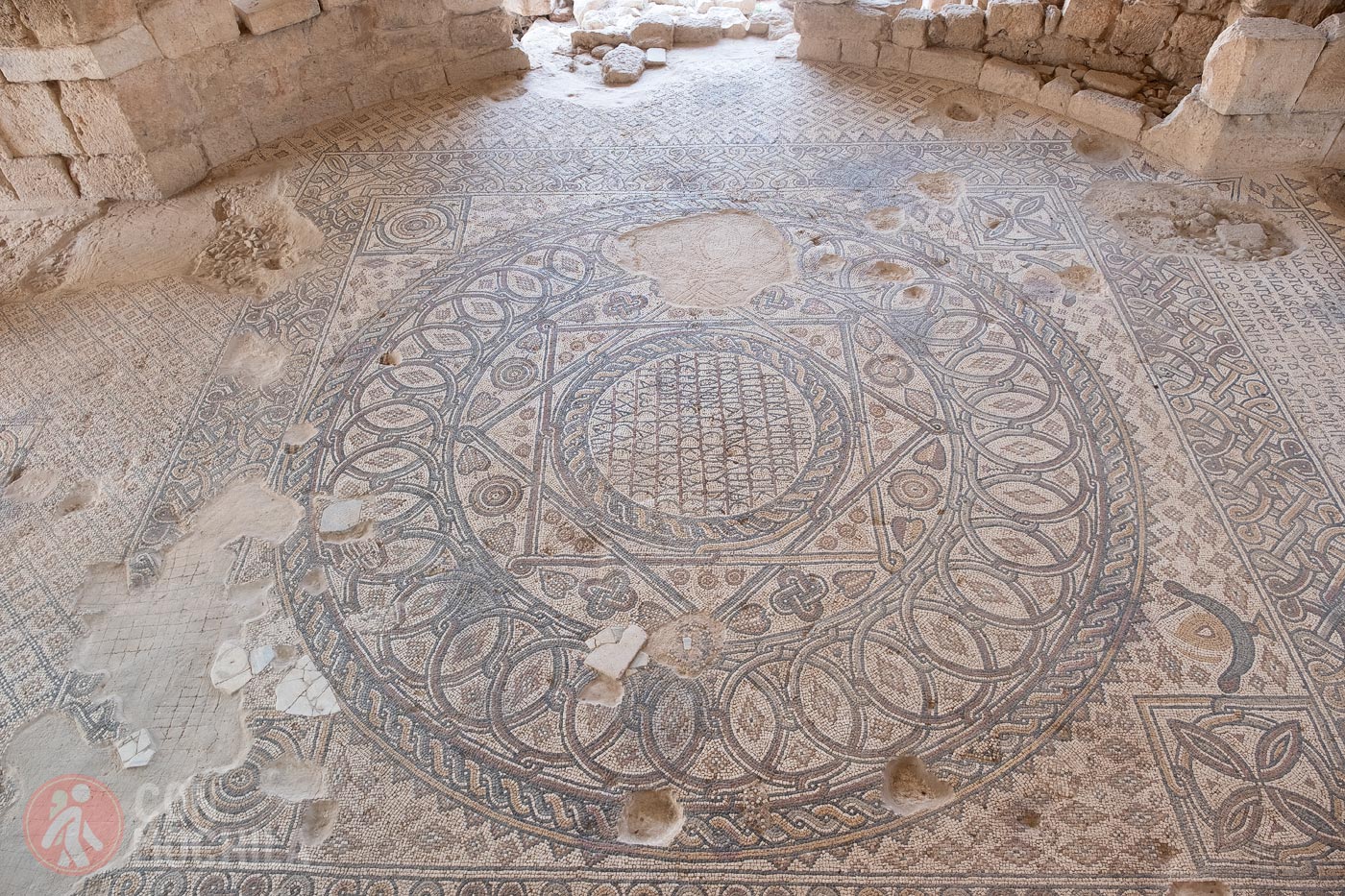
This mosaic is believed to date back to 767, and is considered a well-preserved masterpiece.
The Church of St. John, also known as the Church of the Beheading of John the Baptist, was built in the 20th century. Its main attraction is the remains of an ancient city dating back more than three thousand years.
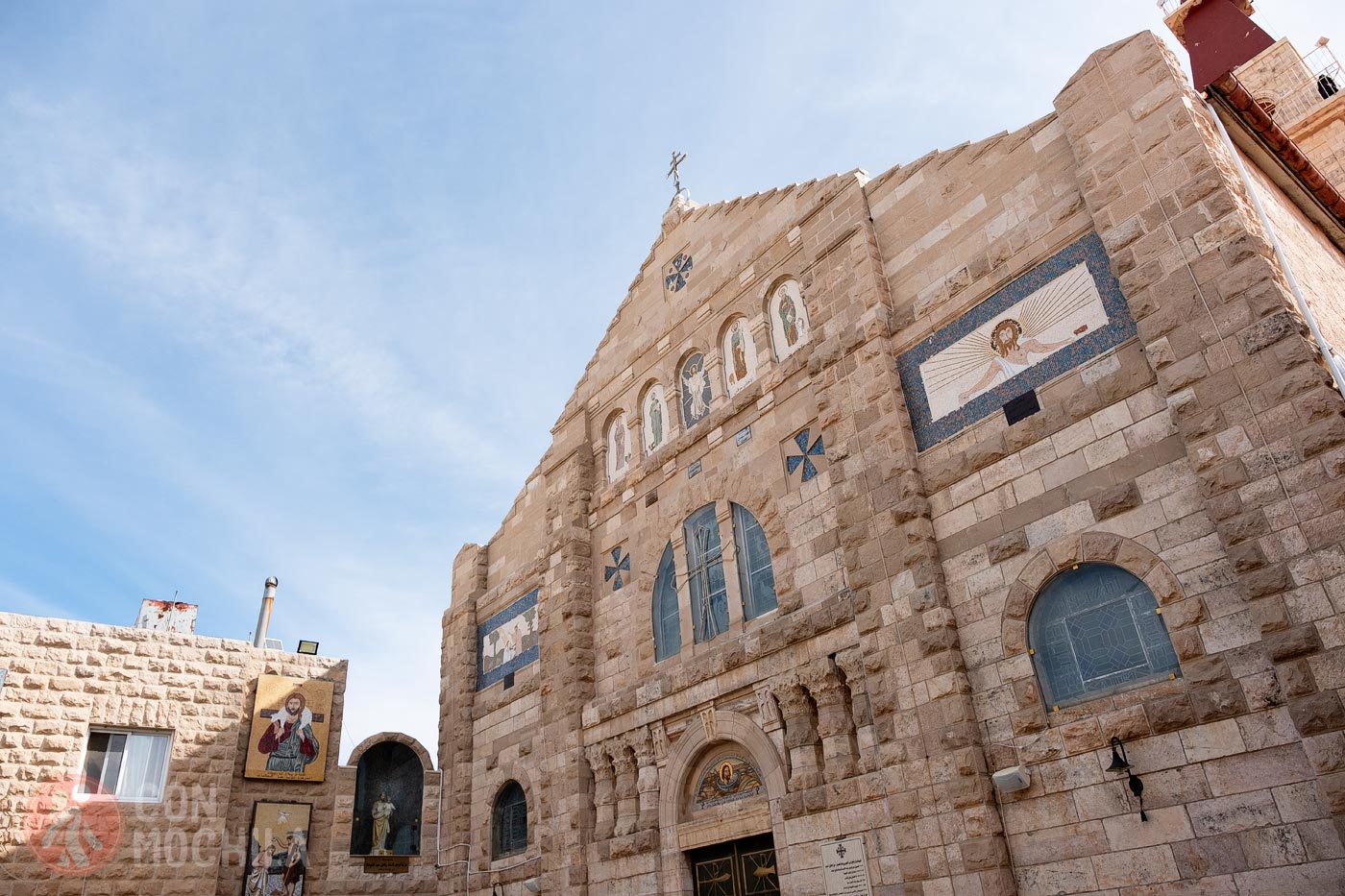
It is considered an archaeological gem because it has structures from different periods throughout history. The façade is made of ancient stones and Roman columns.
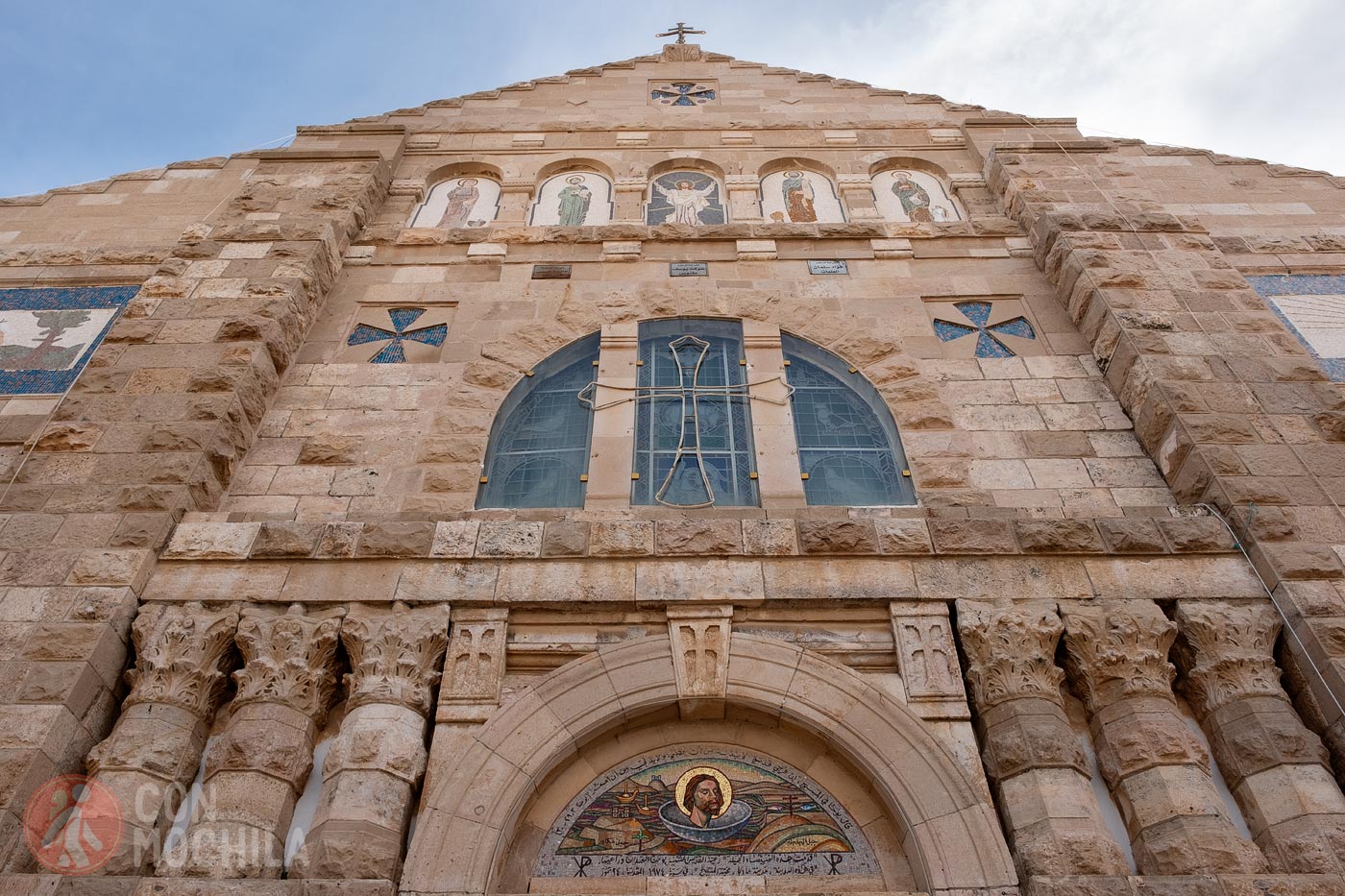
In the chapel, built in the 19th century, there is the Moabite well which is still in operation and is more than 3 thousand years old.
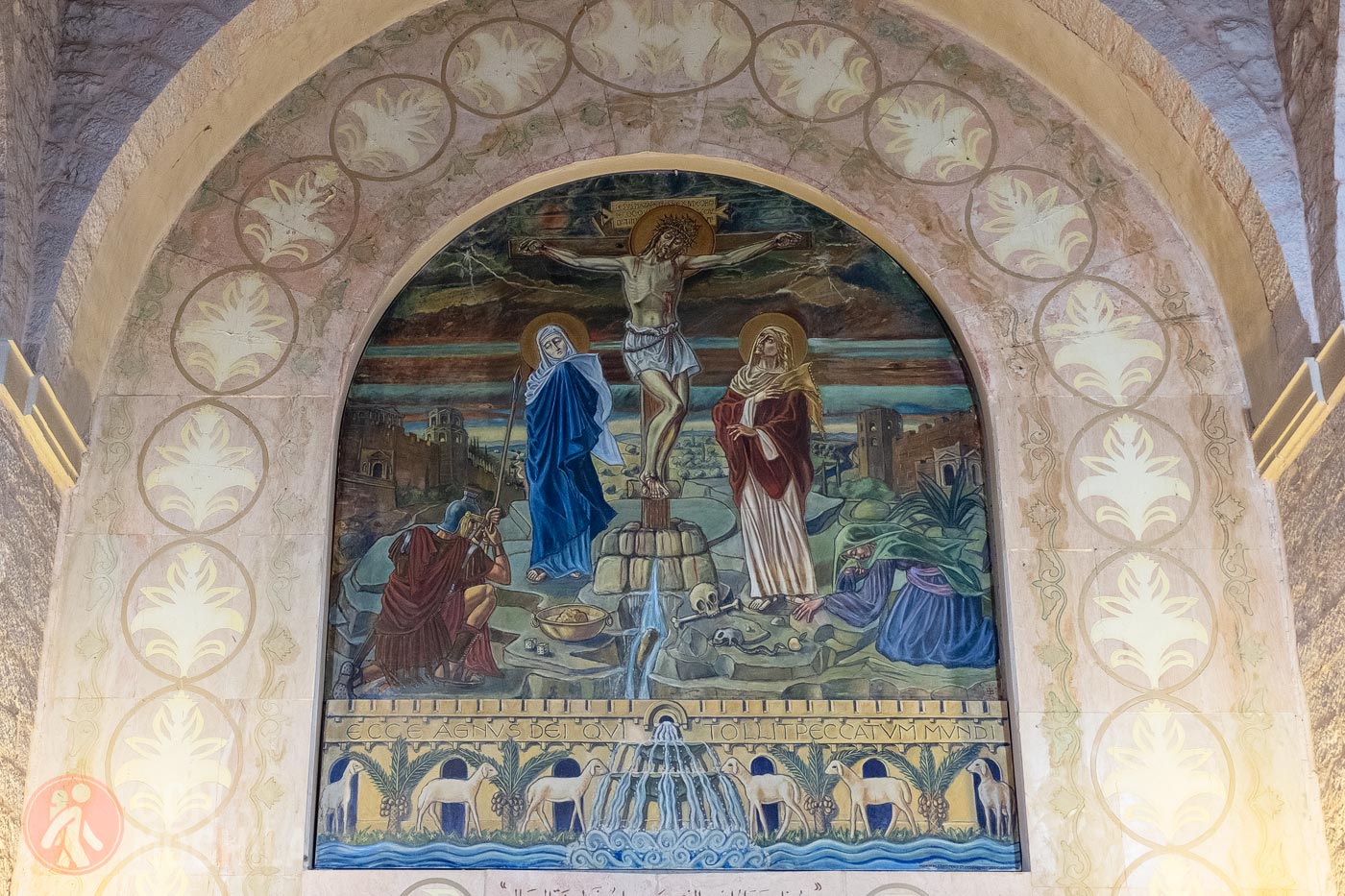
In addition to visiting the Acropolis Museum, its catacombs and the church, it is also possible to visit the bell tower.
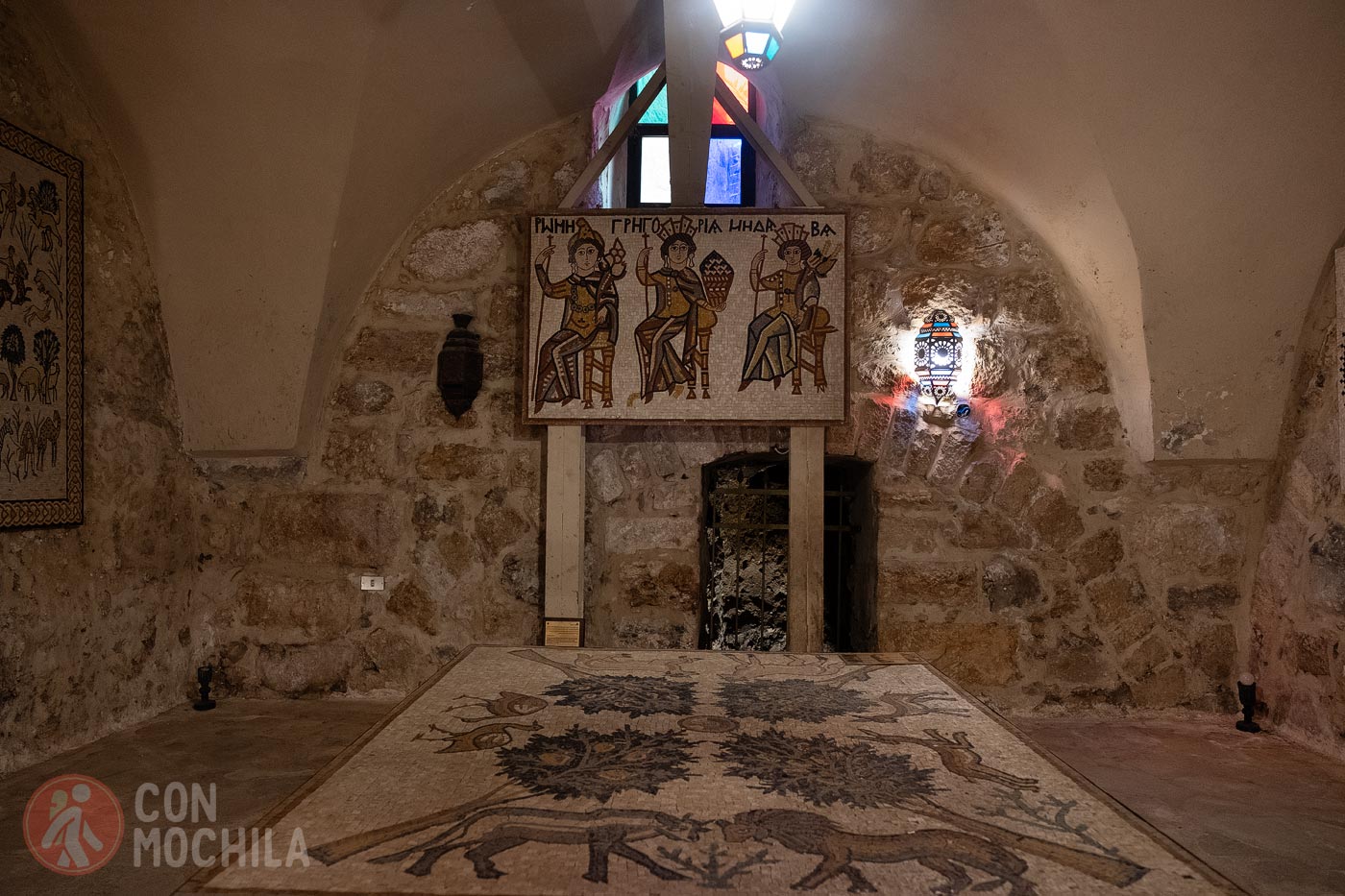
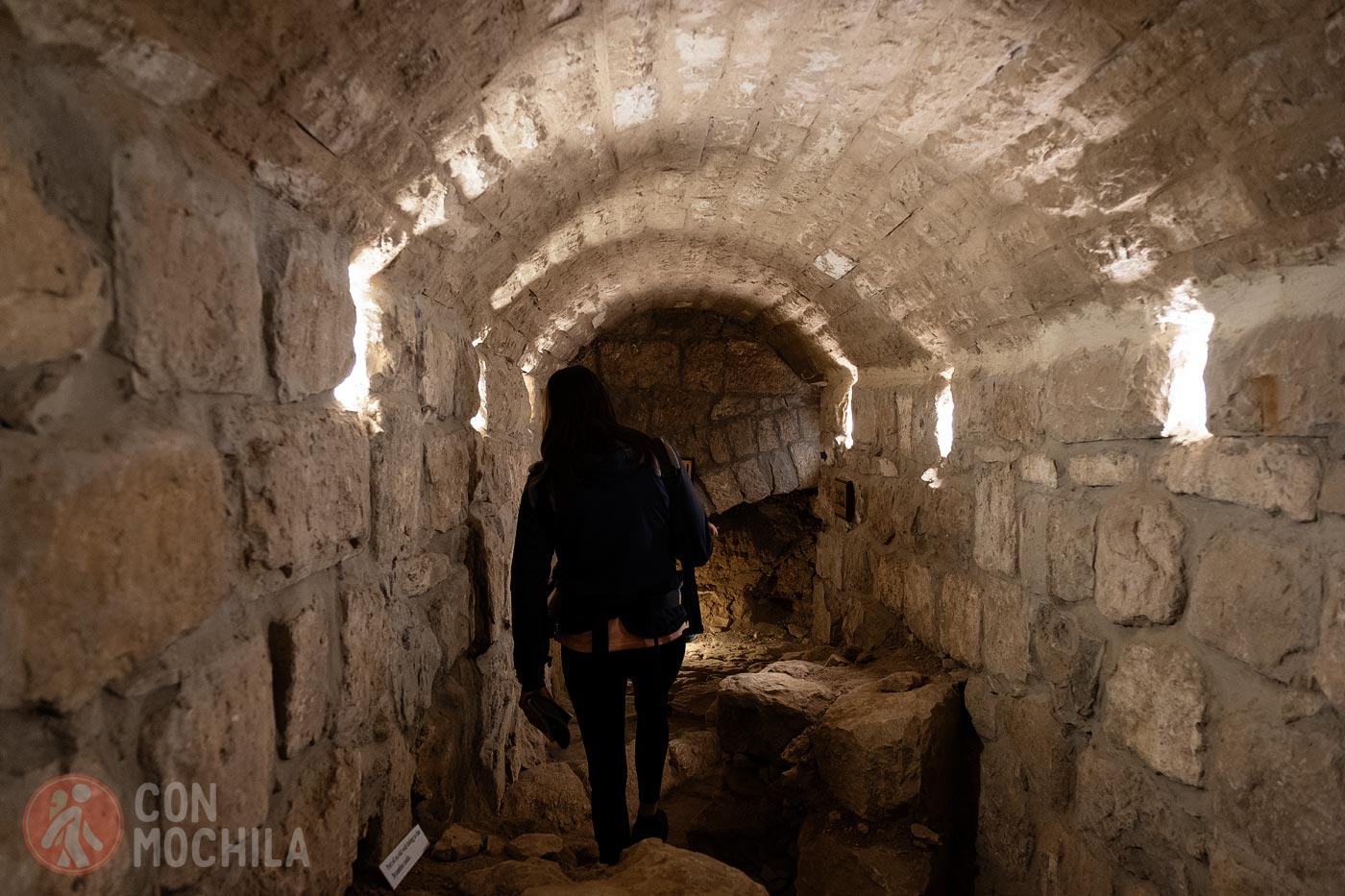
Next to the churches there is one mosque that stands out among others, and it is the King Hussein Mosque. You have spectacular views of the mass from the bell tower of St. George’s Church, although you can also admire its beauty from the street.
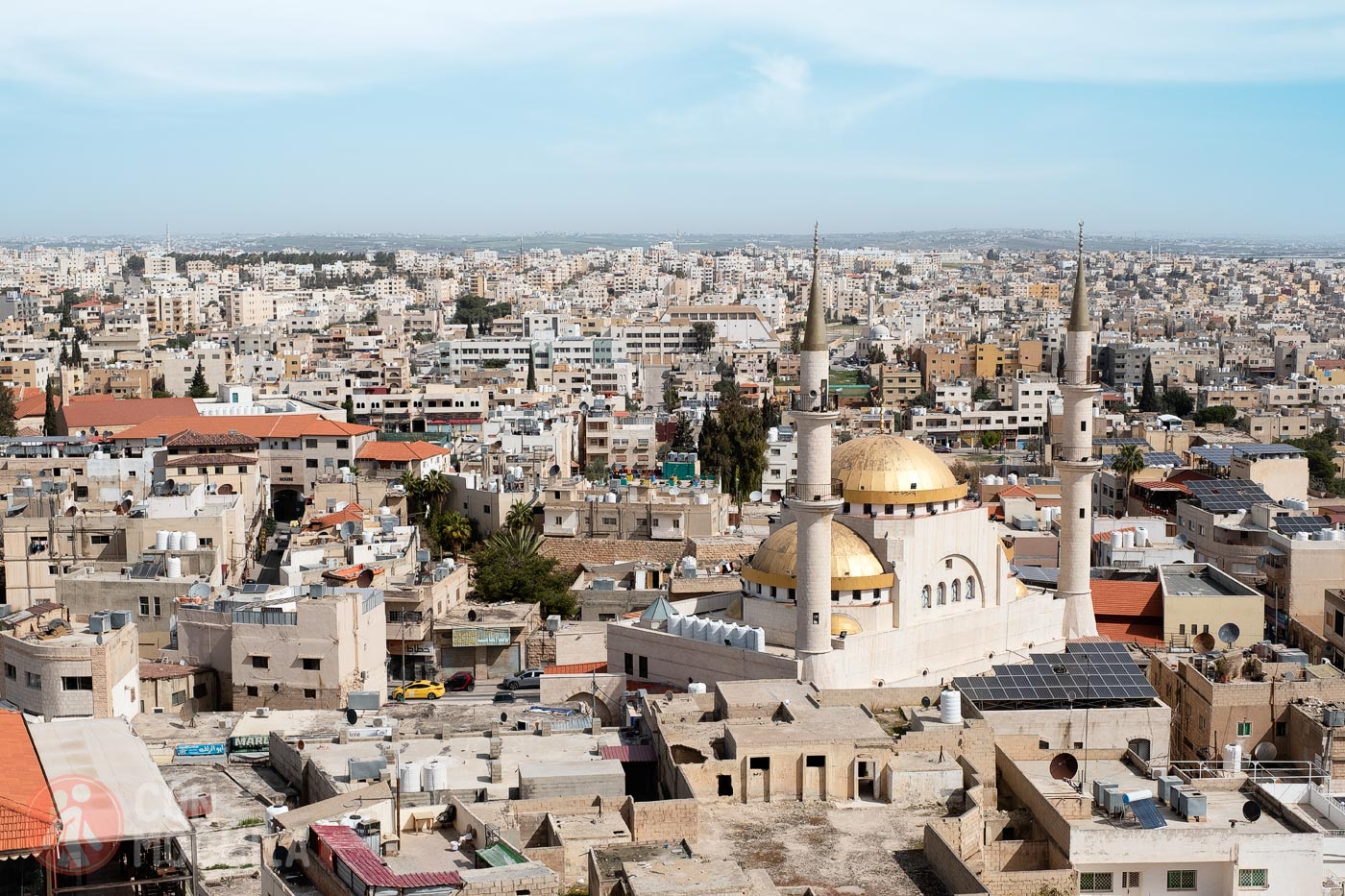
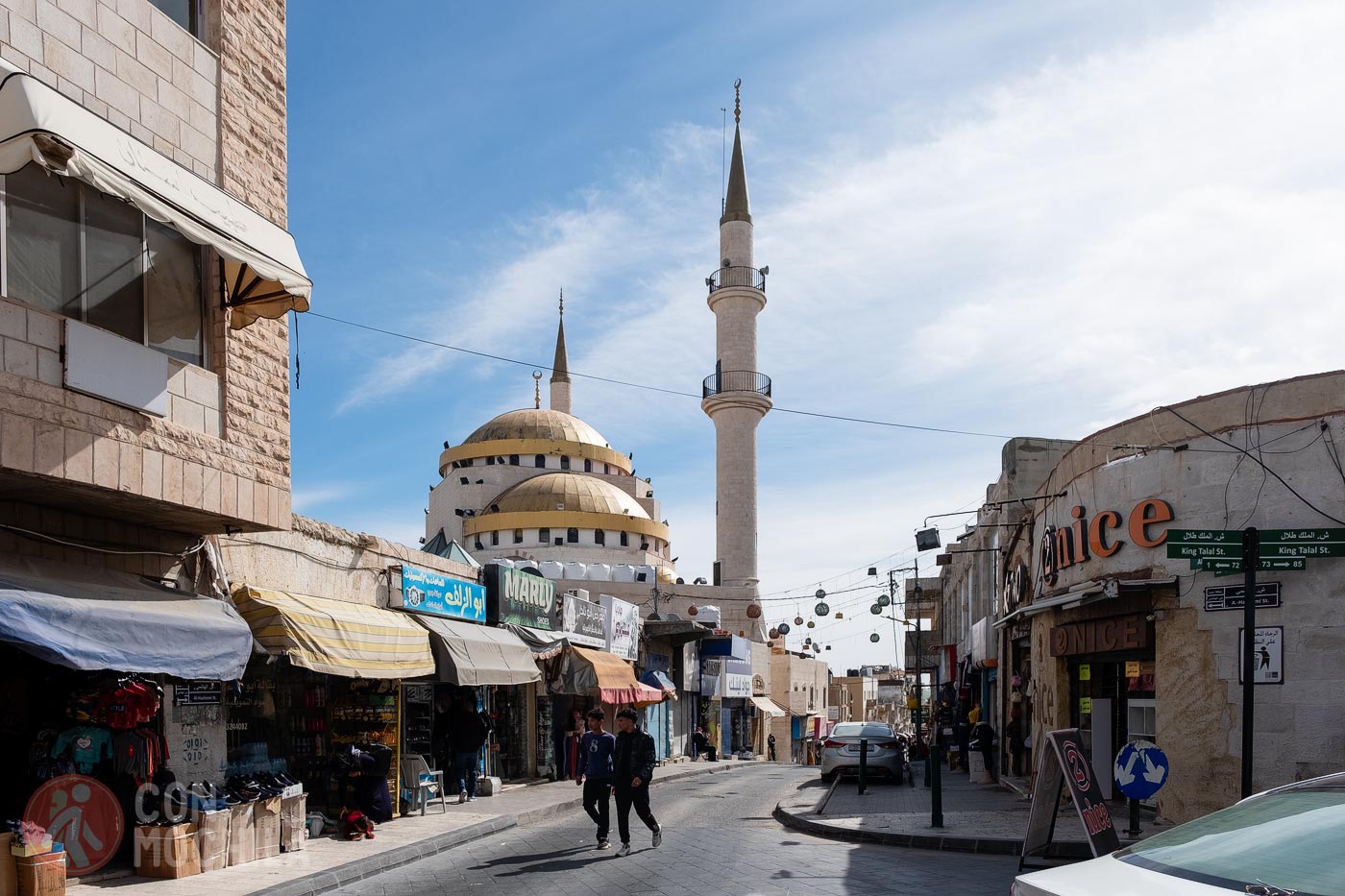
The Church of the Apostles has a mosaic dating back to 568 and is the only one in Madaba that still bears the signature of its author. This spectacular mosaic, which is one of the largest in all of Jordan, was dedicated to the 12 apostles and also has numerous representations of animals and flowers.
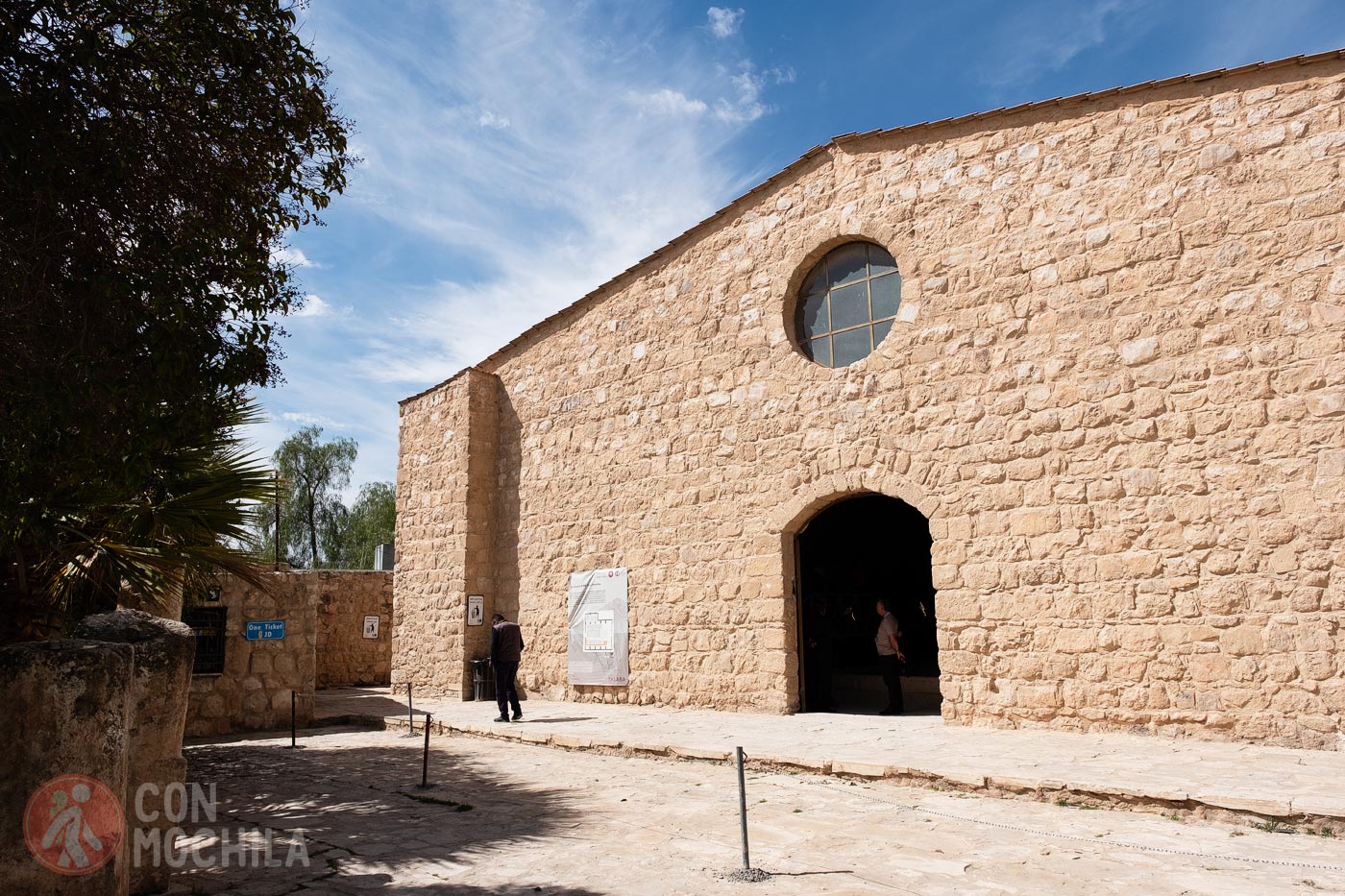
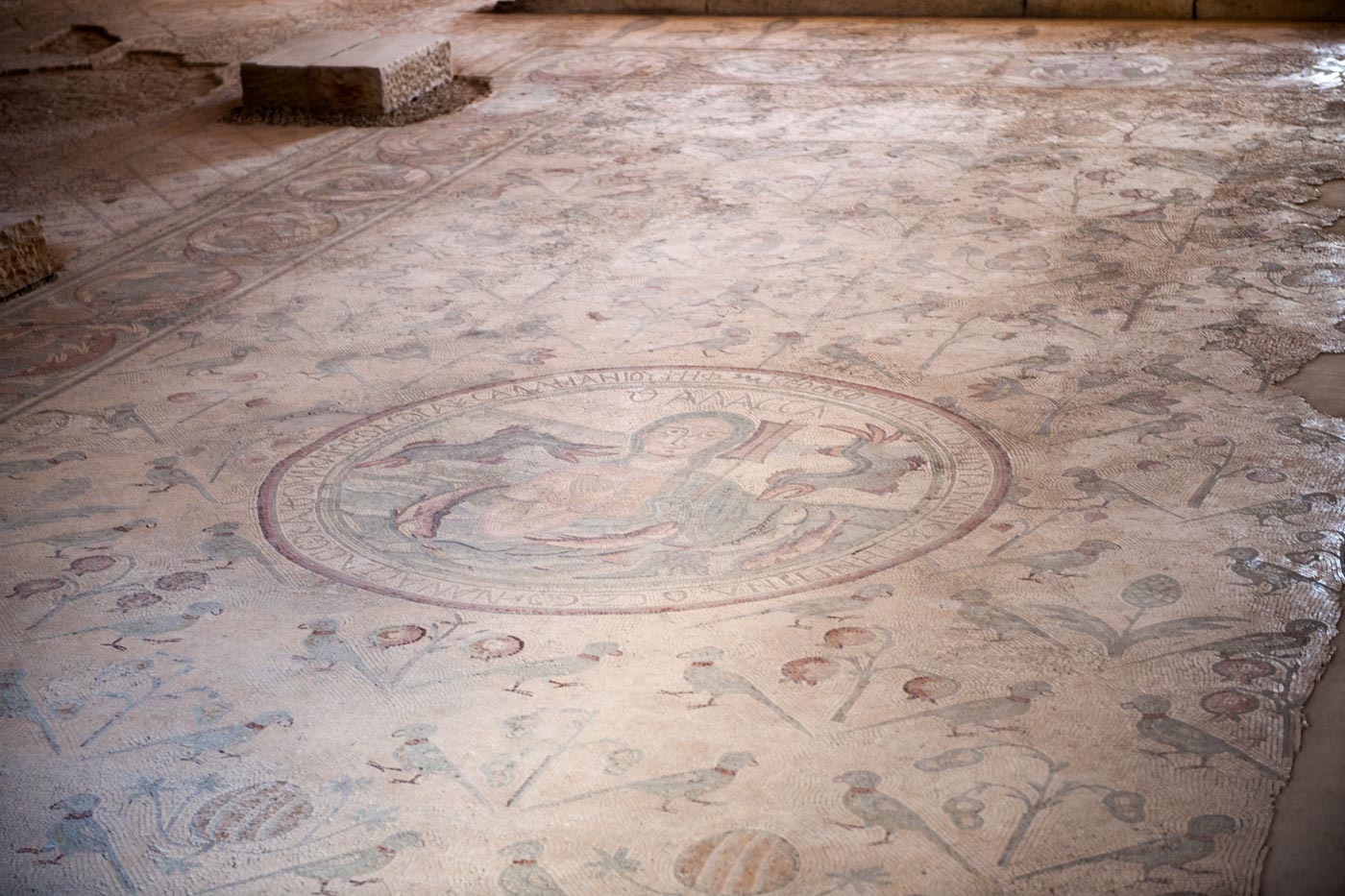
Mount Nebo is another of Madaba’s main attractions, and is an important site for Christians. It is believed that this is where Moses sighted the Promised Land, and Moses’ remains are supposedly buried here along with the Ark of the Covenant.
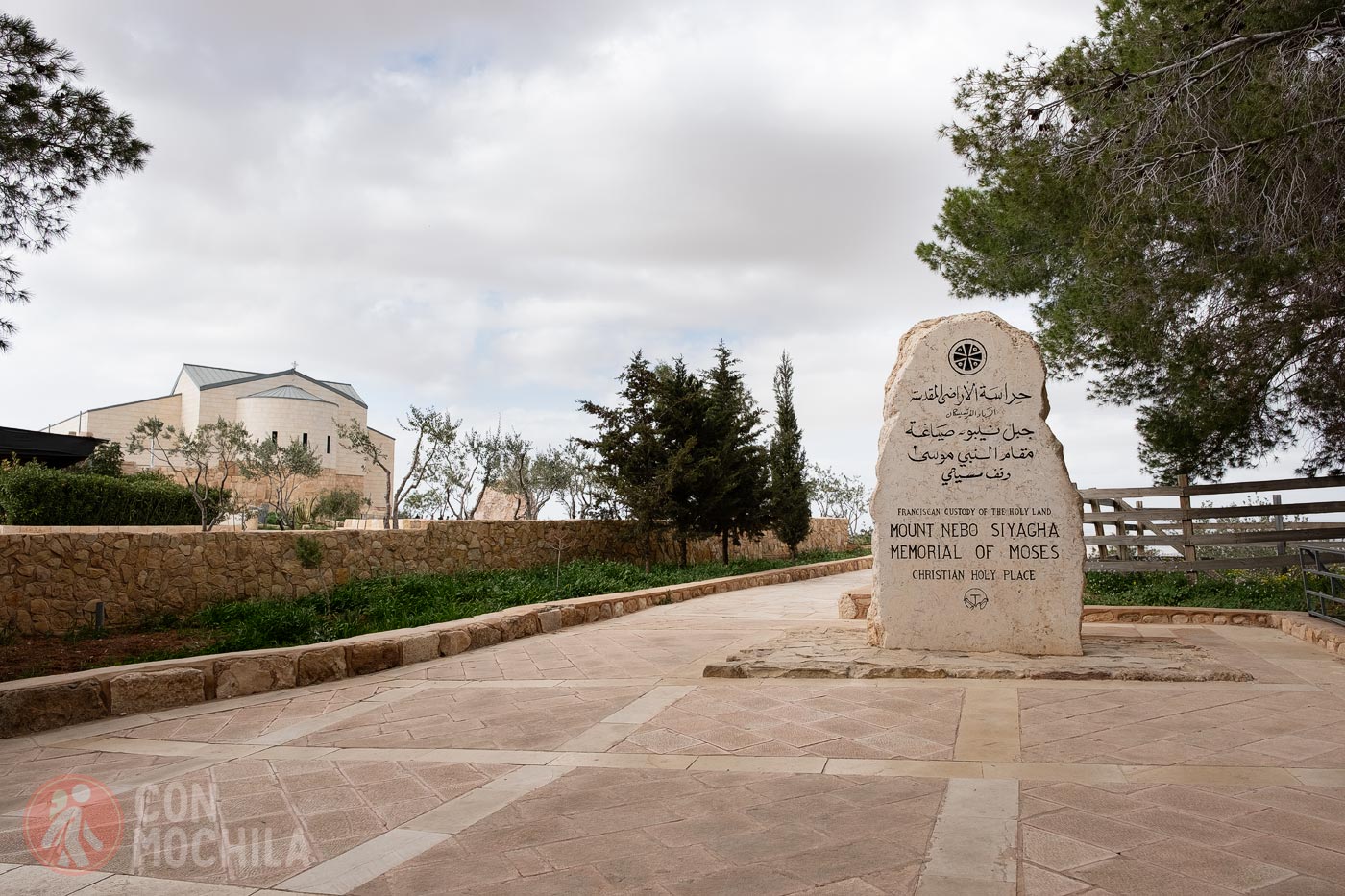
Located 10 kilometers from the city, Mount Nebo offers incredible panoramic views of the area. It is 817 meters high, and in addition to the views, you can see the Monument to Moses and the Basilica of Moses.
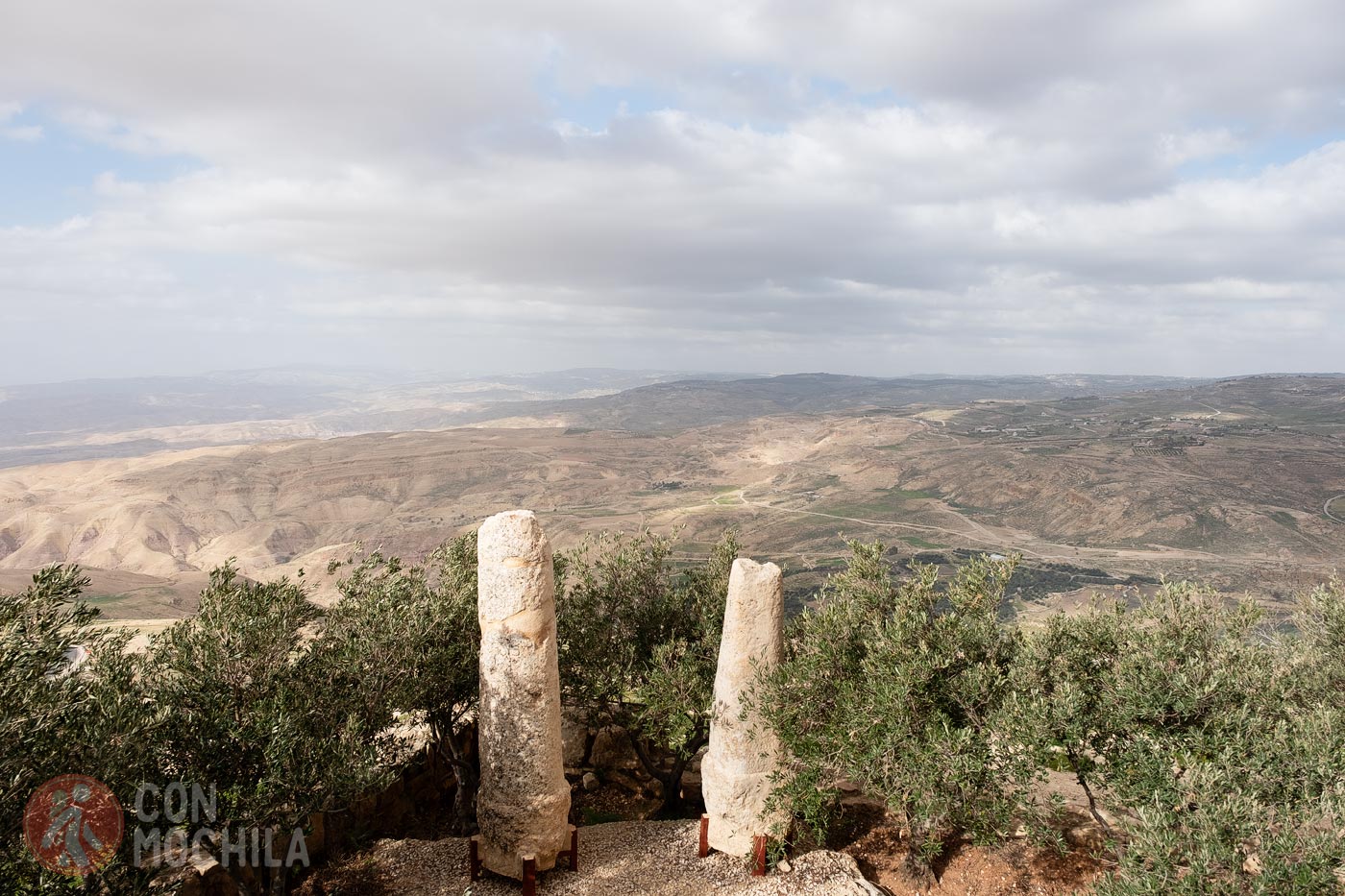
This basilica was built in the 4th century, and enlarged during the 6th and 7th centuries. It was later rebuilt by the Franciscans in the 20th century.
